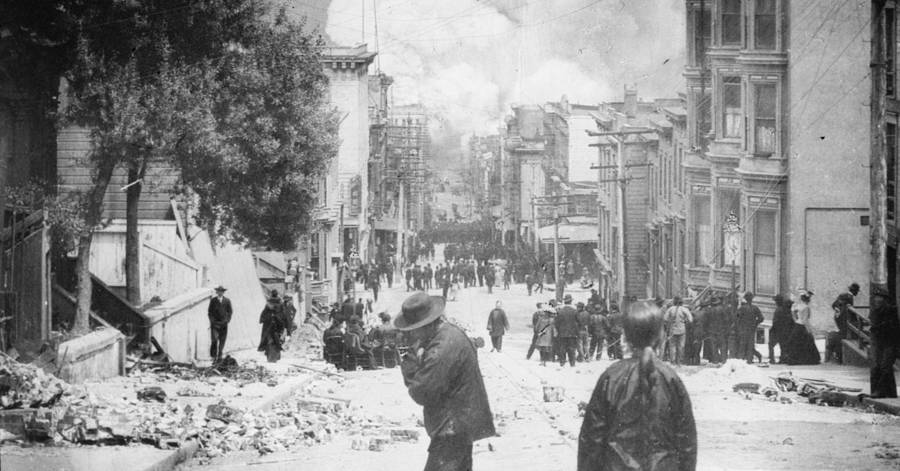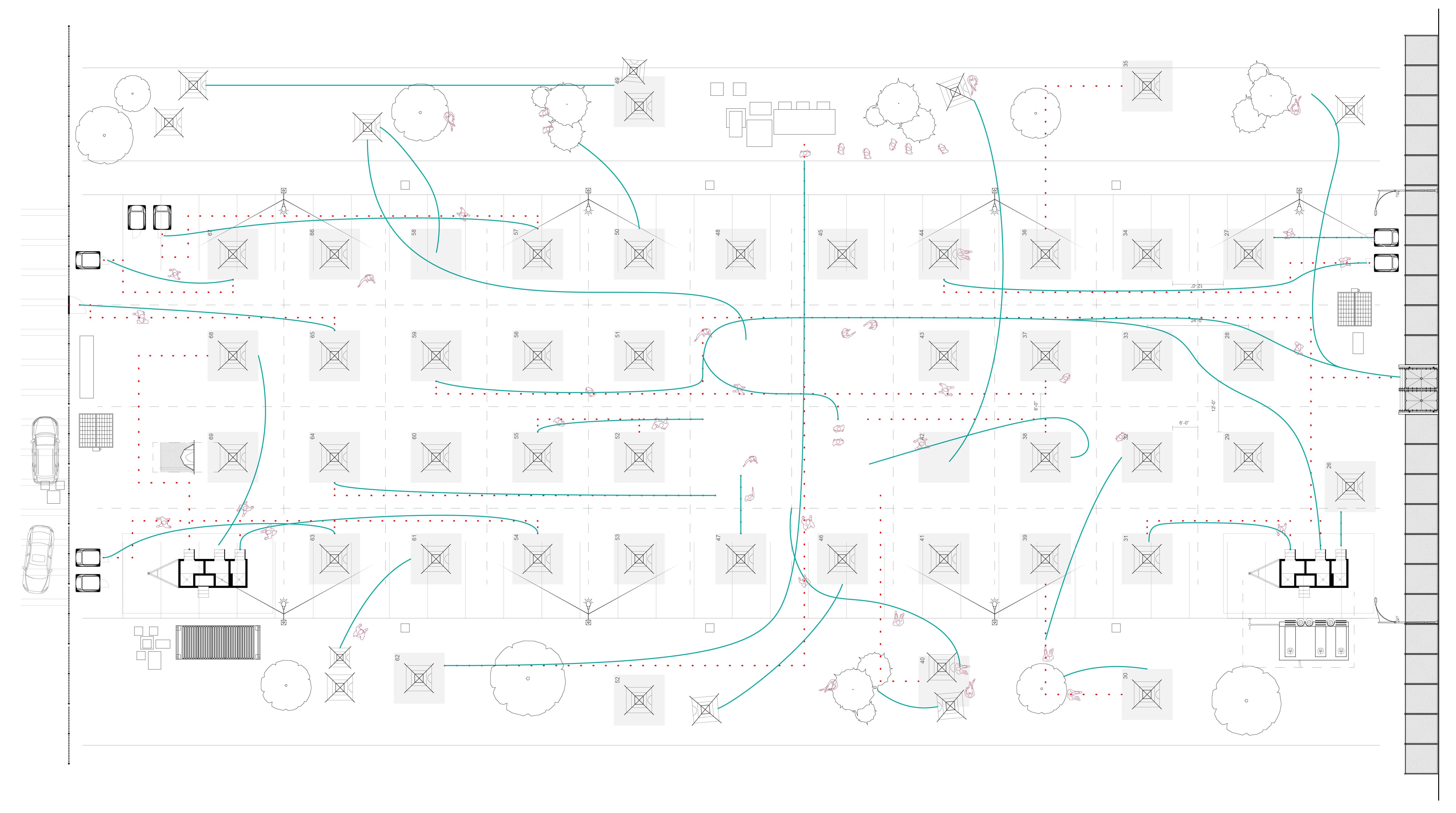

City of Plagues: Disease, Poverty, and Deviance in San Francisco by Susan Craddock explores the paradoxical and contradictory nature of disease spread in San Francisco from 1860 through the 1900s. She highlights the inscriptive practices of Public Health officials and policies to pathologize certain bodies, pushing them further into the margins. Craddock illustrates the margins as no longer being an "undifferentiated peripheral location" instead exploring the way the perception and attribution of certain diseases ultimately shaped the nature of marginalization experienced by different communities, from which clear social and ethnic hierarchies were established and which continue today.
Our analysis focuses on the use of medical rhetoric to legitimize the social biases of white authorities in San Francisco during the 19th and 20th centuries. By fixating on the global and national networks of migration, Public Health officials ultimately created a rift between the perception and the reality of disease(s) and their systems of transmission.
Contemporary discourse on COVID-19 highlights similar inequalities and rhetoric relative to confinement within the city and infrastructure, non-privileged communities, and public physical space being taken over by private entities.
We began the semester examining City of Plagues by Susan Craddock which explored the paradoxical and contradictory nature of disease spread in San Francisco from 1860 through the 1900s. In the book she highlighted how white city and Public Health officials pathologized marginalized communities - the Chinese, the urban poor, and women etc, during the TB and Smallpox epidemics. Our early work focused on representing and critiquing the perception and reality of these diseases in SF, in addition to the subsequent social and ethinic hierarchies established due to the nature of marginalization in different communities. With the pandemic still underway the issue of housing insecurity represents a moral and public health crisis. Highlighting a failure of social and physical infrastructure in the U.S with regard to adequately and safely caring for its entire population. We are examining the current social hierarchy with a focus on the housing insecure population of San Francisco. Outlining/Proposing a methodology for connecting networks of care in the Tenderloin Neighborhood.
Our project aims to build upon and into existing networks of care within the tenderloin - meaning we aim to partner with existing organizations in and around the Tenderloin neighborhood, who have already started tackling the issue of housing insecurity through various programs and initiatives. And there are several.


